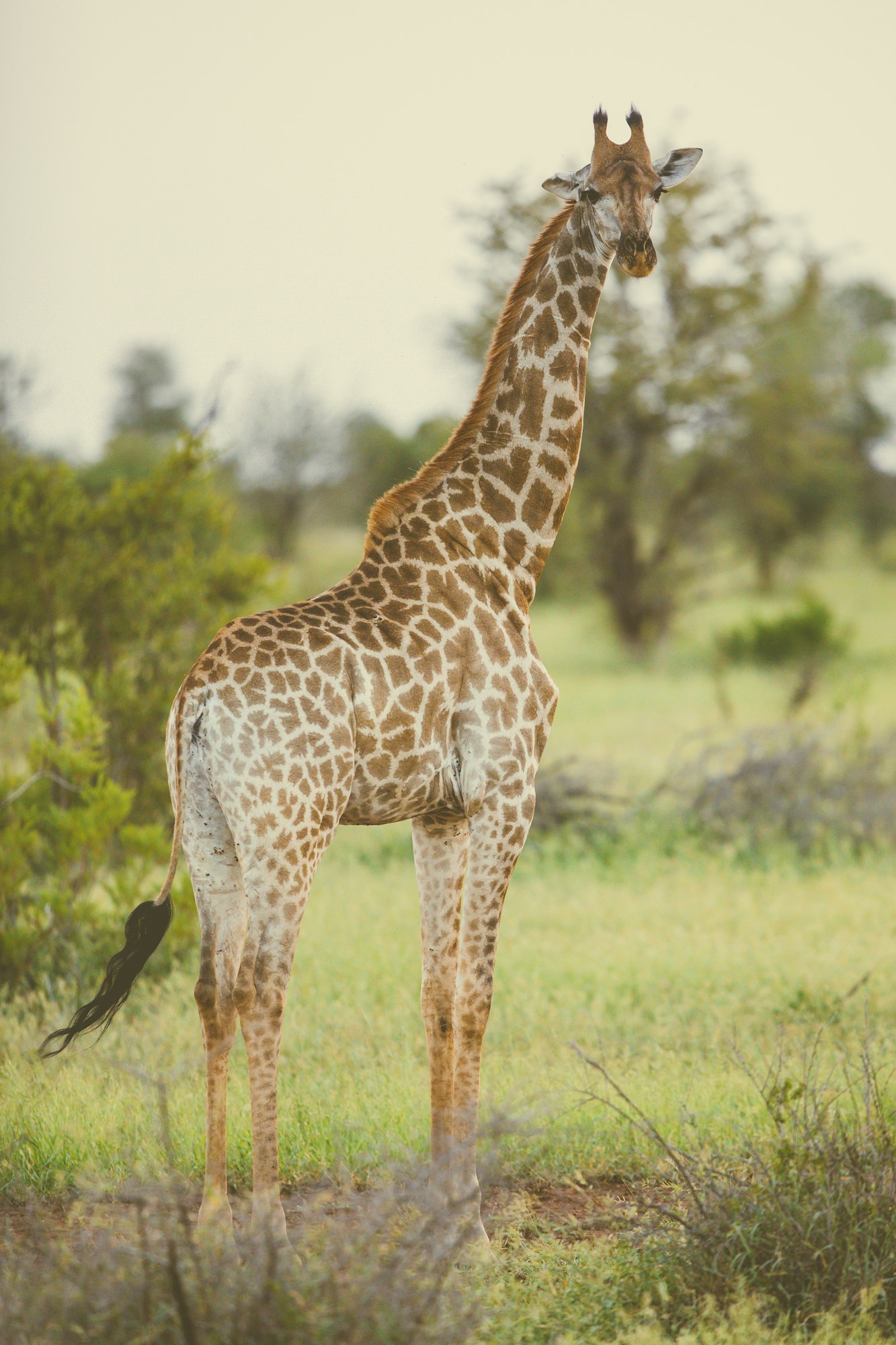Travel Guide to Tanzania
Visa Information, Health & Safety, and Weather Conditions
Embarking on an adventure to Tanzania is an exhilarating experience that promises not only awe-inspiring landscapes and rich cultural interactions but also encounters with some of the world’s most iconic wildlife. To ensure your journey is as smooth and enjoyable as possible, here’s a comprehensive travel guide focusing on essential aspects such as visa requirements, health and safety precautions, and the weather conditions you can expect during your visit.
Travelers from most countries will need a visa to enter Tanzania, which can be obtained either upon arrival at major entry points or preferably, beforehand through an embassy or an online e-visa system. The e-visa is a convenient option, allowing travelers to apply and receive confirmation before departure. Typically, tourist visas are valid for 90 days. It's crucial to check the latest requirements based on your country of origin before traveling.
- Health: Prior to your arrival in Tanzania, certain vaccinations are recommended, including those for yellow fever, hepatitis A and B, and typhoid, among others. Malaria prophylaxis is also advised due to the prevalence of the disease in many parts of Africa; consult with a travel doctor to find the medication that best suits your needs. Additionally, drinking bottled or treated water is essential to avoid waterborne illnesses.
- Safety: Tanzania is generally a safe destination for tourists. However, as with all travel, it's important to exercise common sense and take precautions such as safeguarding your belongings, especially in crowded areas, and using reputable tour operators for excursions and safaris. Avoid walking alone at night in unfamiliar territories.
Tanzania's climate varies greatly depending on the region and altitude. The coastal areas are typically warm and humid, while the highlands are cooler and temperate. Tanzania has two main rainy seasons: the long rains from March to May and the short rains from November to December. The best time to visit for safari is during the dry season from late June to October when wildlife viewing is at its peak as animals gather around water sources.
- Best Time for Safari: The dry season from June to October is ideal for wildlife safaris, as animals are easier to spot near water sources. The parks are less dense with vegetation, improving visibility.
- Rainy Seasons: There are two rainy seasons - the long rains from March to May and the short rains from November to December. These periods could be less ideal for travel as some roads in remote areas become impassable, and many lodges close for maintenance.
- Climbing Kilimanjaro: The best times to climb Kilimanjaro are during the dry seasons, from late June to October and from late December to mid-March. These months offer the clearest skies and least precipitation, though nights can be bitterly cold, and the weather can change abruptly.

